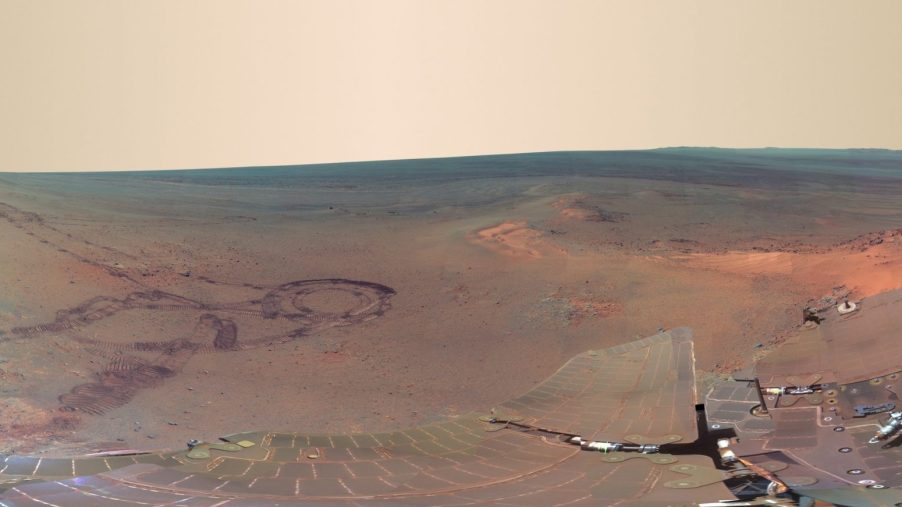
Discoveries on Mars and Titan May Hold the Key to Safer Space Travel
While we don’t get to fly spaceships ourselves here at MotorbBiscuit, we would sure like to. These most recent discoveries on Mars and Titan might get us a bit closer to safer space travel. While Space shuttles and Rovers might not be as luxurious or performance-heavy as a Rolls-Royce Cullinan or a Bugatti Chiron, they do tend to cost a hell of a lot more.
Two members of Yale’s Department of Earth and Planetary Sciences just conducted research that seems to have crucial implications on the future of space travel. At the center of the research is our favorite planet for speculation, Mars, and Saturn’s largest moon, Titian.
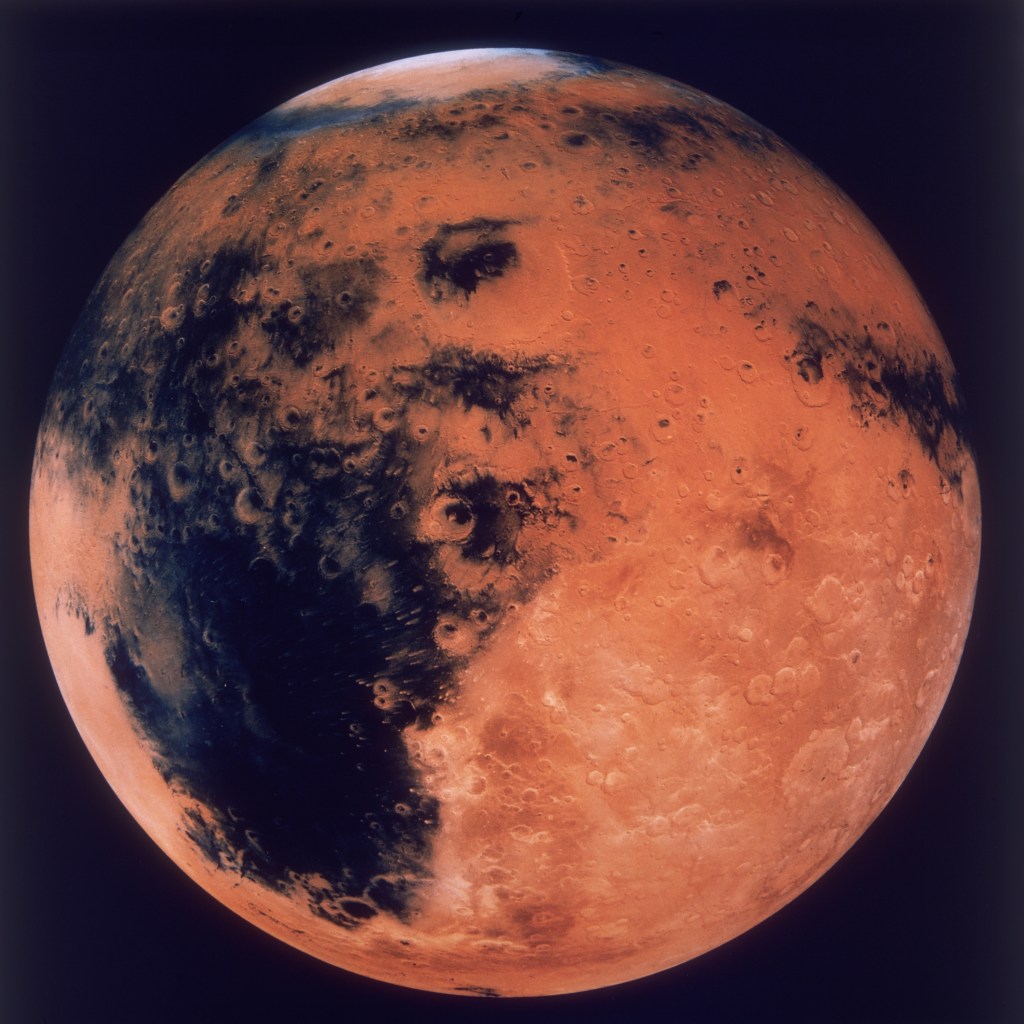
How the disocery on Mars and Titan help us with space travel?
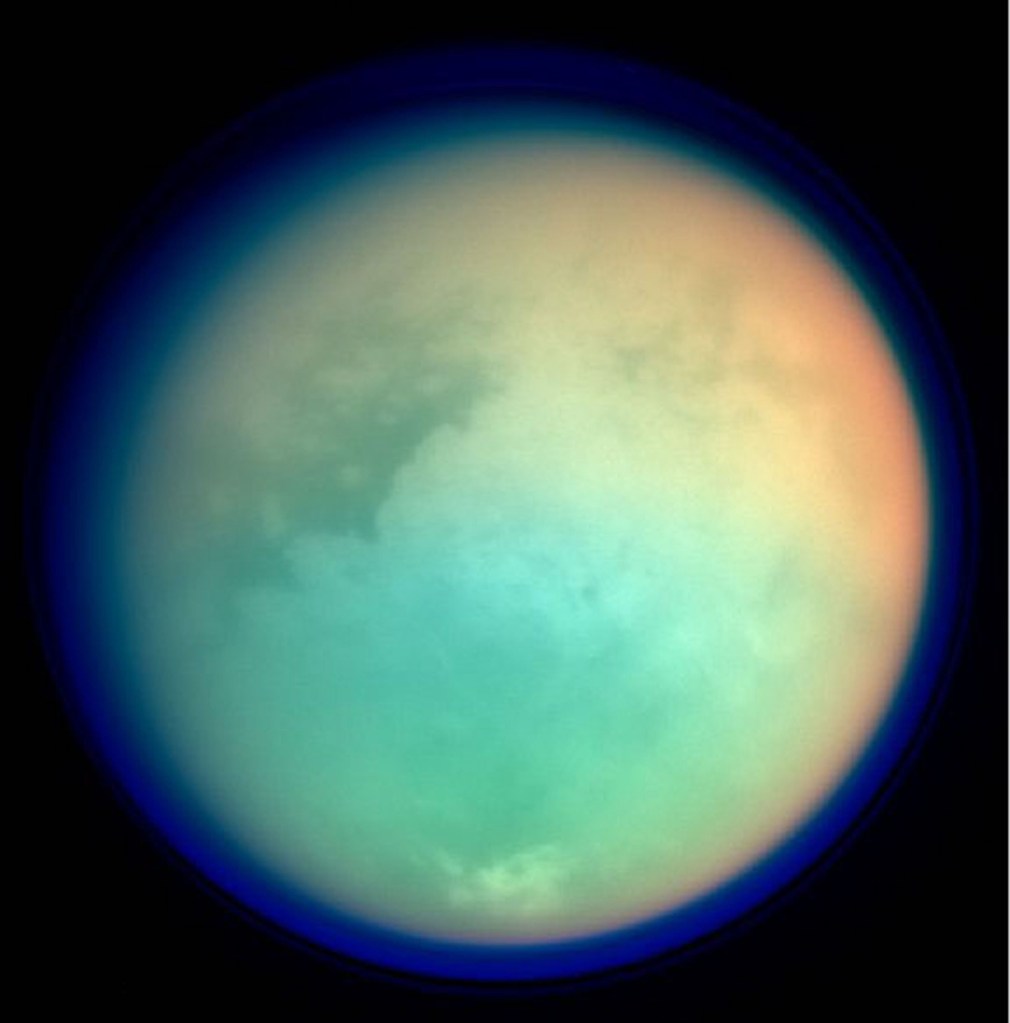
To better understand this study, we should know the term “annular,” which means a ring-shaped or semi-ring-shaped pattern.
As we know, different types of weather can greatly affect a vehicle’s performance. Alien weather is equally if not more problematic than Earths’s weather. Turns out this matters for our equipment.
Postdoctoral associate J. Michael Battalio and Juan Lora, assistant professor of earth and planetary sciences, are the dynamic duo who authored this study for Yale.
The focus of their study was on the annular weather patterns of other planets and moons. These annual modes look at variabilities in the climate that differ from the seasonal cycle on other planets to predict the weather.
According to Yale Daily News, after studying Maritan dust storms, Battalio realized that the dust storms had seemed to come in cycles that were not consistent with the shorter periods of the atmospheric forces that caused the storms. That got him thinking…
Battalio says, “I didn’t know when I discovered this periodicity what was going on, but I remembered some of my previous reading of literature for Earth that annular modes on Earth had a periodicity of about 20 days, and they’re connected to these waves that had this other periodicity,” Battalio said. “I figured if Mars has waves like Earth and this climate feature, these annular modes … then it makes sense to look for these modes on Mars and see if their periodicity can explain the dust storms.”
This realization prompted Battalio to join forces with Lora’s research group in 2019. This group was focused on researching the existence of annular modes on other planets.
Ok, so what does this mean?
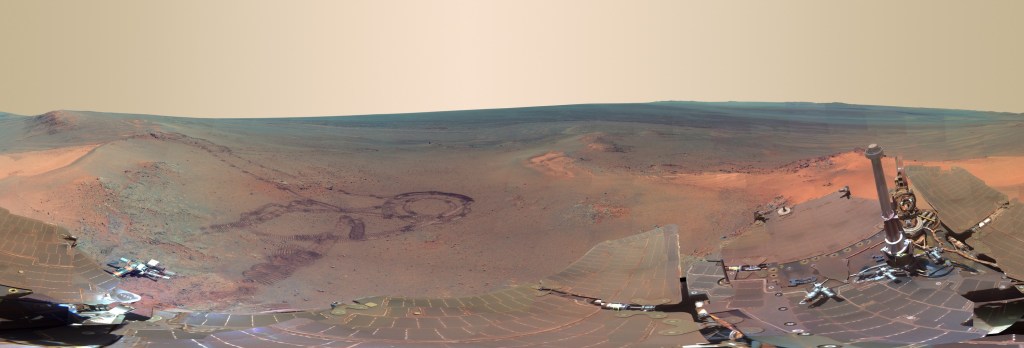
Adding to the intrigue, Lora’s team also observed similar Titan phenomena using the Titan Atmospheric Model. This essentially works to simulate the climate of the large moon. To both of their surprise, Mars and Titan are more affected by these annular modes than Earth is.
“We’re trying to understand whether these types of structures of variability occur in other terrestrial planetary atmospheres, and we have the tools to do that on Mars for the first time,” Lora said. “The idea is to try to see if there’s some sort of regular variability in the atmospheres of these two places, which then if it’s there, we can characterize and understand it. Maybe that paves the way for weather predictions down the line, and that’s where the implications and future work are.”
The brass tax of all of this science talk is that over the years of observing these annular patterns, it seems that we may be able to predict dust storms or other such natural phenomena on other planets similar to earth.
Is predicting the weather really that big of a deal?
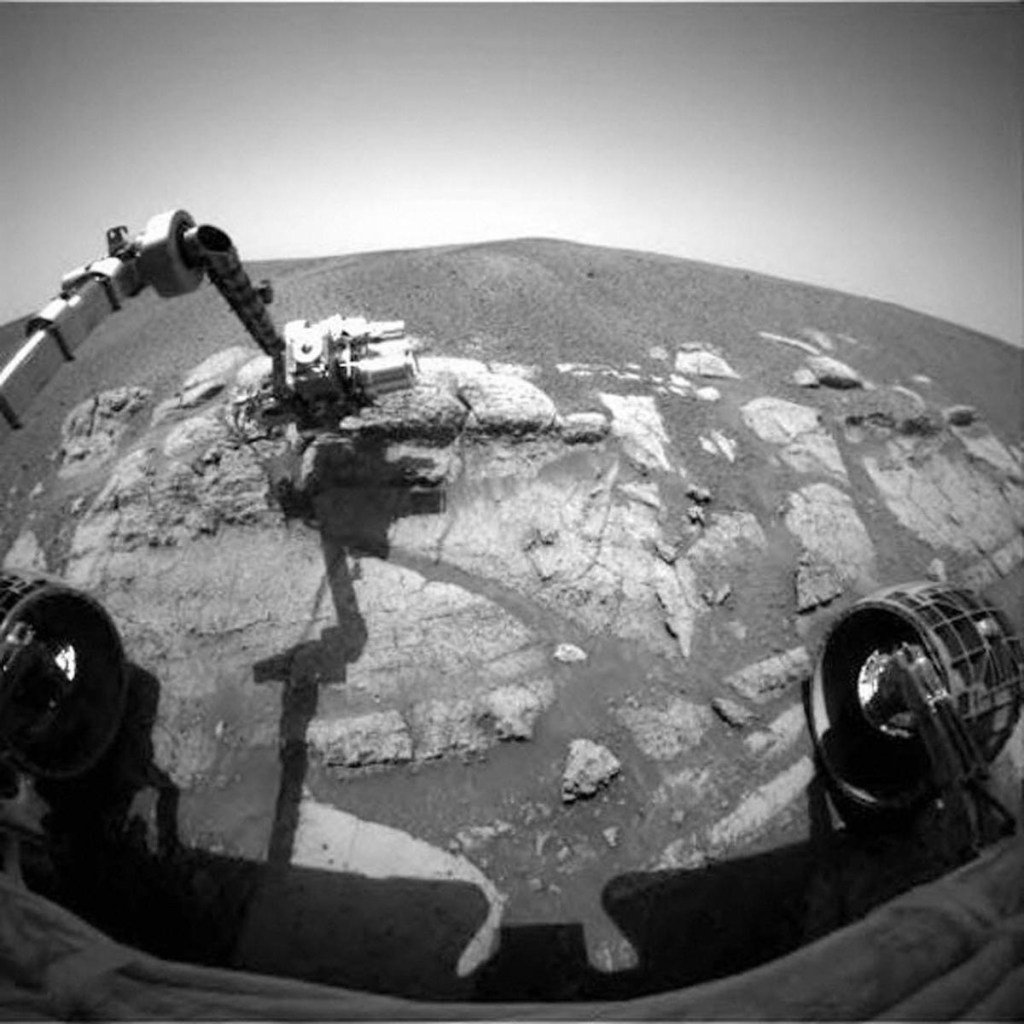
Yes. for example, in 2018, NASA’s solar-powered Opportunity rover got wiped out due to a planet-wide dust storm. This mission was the result of many years and many billions of dollars in research and development. Not to mention, some of the most expensive hardware on Earth.
If we could predict when these storms might happen, it would greatly increase our chances of having more successful missions. This ultimately would lead to more successful space travel in general.
Going to space is a massive gamble. Anything that can be done to minimize as many risk factors as possible makes regular space travel more possible.



